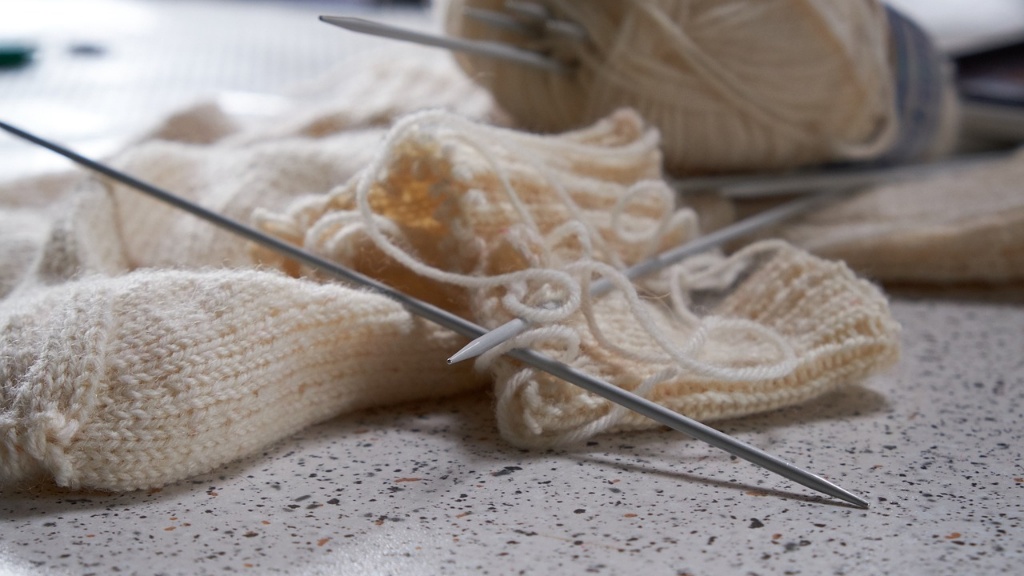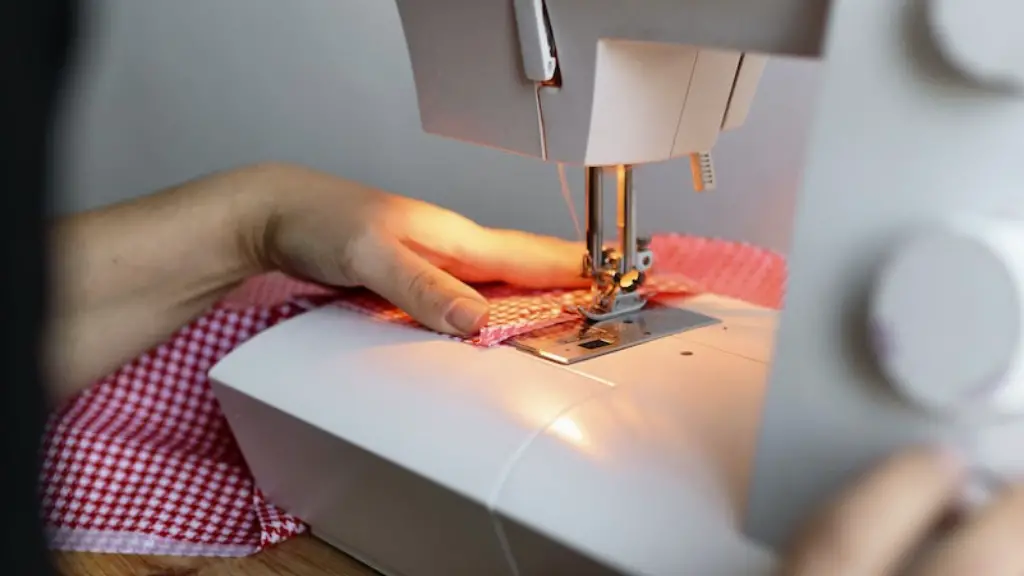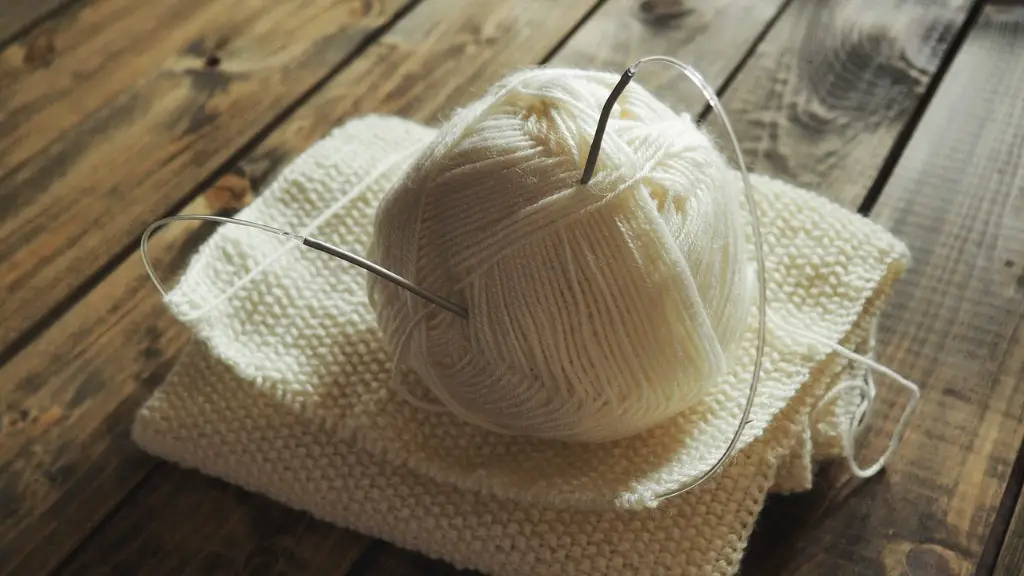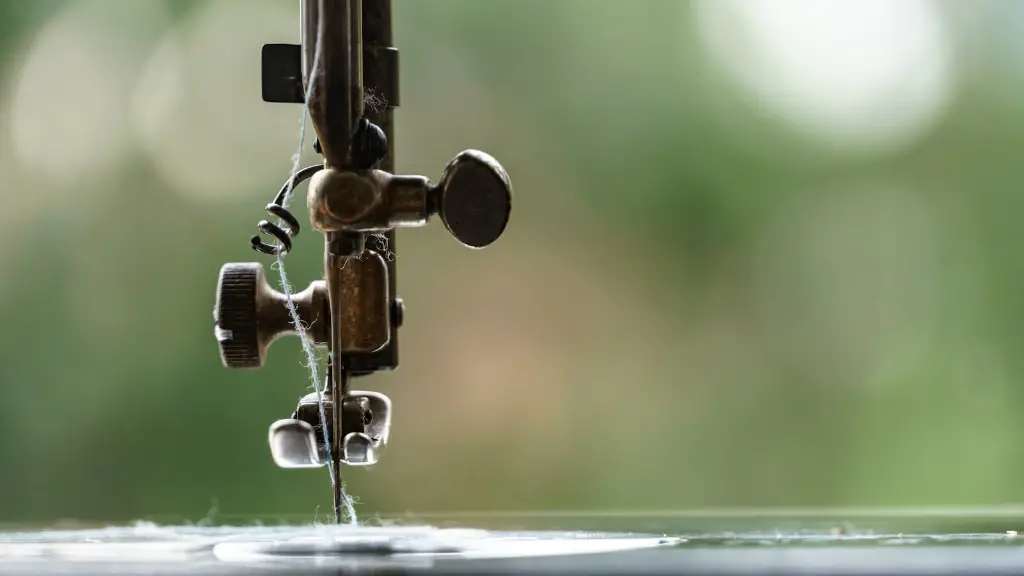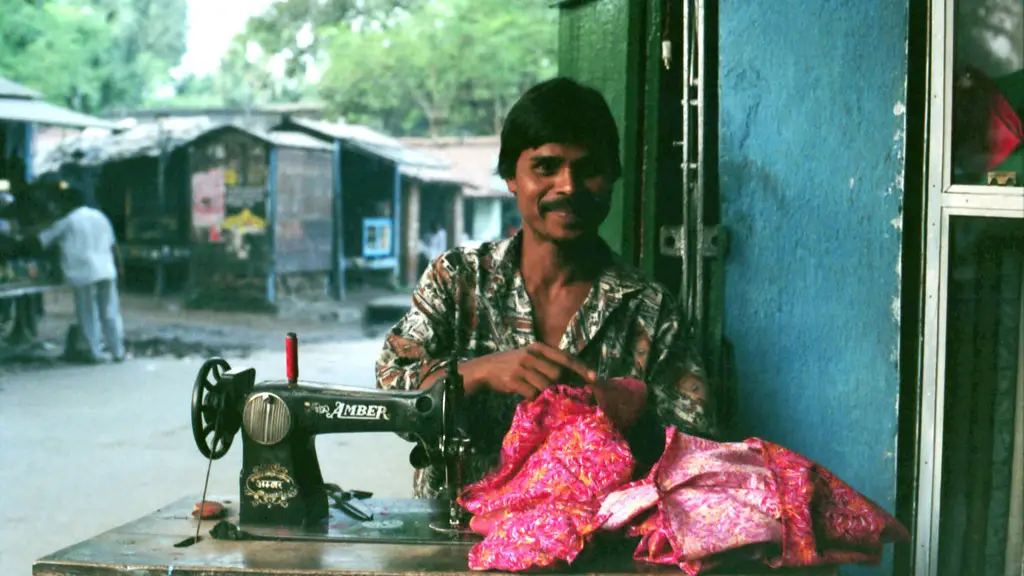Threading the Bobbin
A Singer sewing machine is a classic tool used to make stitching and mending easier. Taking the time to learn proper care and maintenance is essential to the longevity and functionality of the machine. Knowing the proper to thread and load the bobbin is the first step to success. It may seem intimidating, but with a few simple steps and a little practice, you can master the art of putting a bobbin in a Singer sewing machine in no time.
Check the Manual
Before you attempt to thread your Singer sewing machine, make sure you find and read the instruction manual. It should give you tips and advice on the best way to set up and maintain your machine. Each machine is slightly different and the manual will be tailored to your specific model. Taking the time to read the manual may save you time and frustration when troubleshooting later.
Prepare the Bobbin
Before you start threading, take the time to inspect and prepare the bobbin. It should be free of any debris, dust, or lint. Anything left on the bobbin could cause threading and tension issues later. Once it is cleaned and ready, you can begin threading the bobbin.
Thread the Bobbin
A Singer sewing machine often comes with a practical ‘bobbin threading plate’ located near the take-up lever. To thread the bobbin, start by placing it in the bobbin holder and pushing it gently towards the bobbin winder. Connect the thread to the bobbin holder and insert the thread spool onto the spool pin. Pull the thread down the arm into the take up lever and make sure it runs smoothly. Holding the thread with your left hand, rotate the hand wheel in the direction of the arrow to lower the needle. Then, place the thread into the left side of the spring tension disc and grab the thread and take it down to the right side.
Finally, slide the bobbin winder into the locked position and start winding the thread onto the bobbin. Keeping the thread taut, continue winding until the bobbin is full. When the bobbin is full, cut the thread, push the bobbin winder back to its original position and raise the needle.
Loading the Bobbin
Now that your bobbin is threaded, loading it into the Singer sewing machine is simple. Start by pulling out the bobbin holder and loosening the thumbscrew. Place the bobbin in the bobbin holder, with the thread wound clockwise. Then, pull a small “tail” of the thread back through the hole in the bobbin holder and tighten the thumbscrew. Pull out an extra three inches of thread, and place the bobbin holder back into the machine.
Tension
It is important to check the bobbin tension when using a Singer sewing machine. This ensures the thread will be stitched properly. To adjust the tension, locate the tension wheel on the front of the machine and gently rotate it in a clockwise direction. Make sure to hold the end of the thread as you adjust the tension wheel until you hear a “click”. This shows the wheel is locked in place. Then, test the tension by stitching a few sample stitches to check if the thread tension is correct.
Raising the Bobbin Thread
Once the bobbin is loaded, you can raise the bobbin thread. To do this, press the foot down and hold the top thread while rotating the hand wheel in the direction of the arrow. This should create a small loop of the bobbin thread under your needle. Pull the bobbin thread directly up to the top of the machine and then place your fabric underneath the presser foot.
Sewing With a Bobbin
Once your bobbin is properly loaded and threaded, you can start sewing with the Singer sewing machine. Hold both the bobbin and the top thread in your left hand and pull the bottom thread up towards the top, off to the left side of the machine. This locks the two threads together and creates the stitch. You can now begin sewing with your machine.
Threading Troubleshooting
If the needle thread and bobbin threads are not “locking” together, you can check the thread tension, the bobbin tension, the bobbin threading, the needle position, and the needle size. Each of these can affect how the needle and bobbin threads interact. If none of these solutions solve the problem, it is best to take your machine to a sewing machine technician to know exactly what the issue is.
Maintaining Your Singer Sewing Machine
By taking the time to learn the proper way to thread and load a bobbin into your Singer sewing machine, you can ensure its longevity and continued success. Maintaining the machine the right way is the key to safeguarding its performance. Additionally, if you ever experience any issues with threading, take the time to troubleshoot or seek professional help.
Cleaning and Lubrication
Cleaning the sewing machine regularly is essential to the performance and longevity of the machine. A thorough cleaning and lubrication should be done every six months to remove all dust and dirt, and to ensure it is running in top condition. Start by cleaning the bobbin area and ensuring it is free of any debris. Then, apply a drop of sewing machine oil to the hook, needle bar, and feed dog to ensure smooth operation. Finally, use an old soft cloth to wipe down the entire machine and remove any excess oil.
Replacing Parts
From time to time, it may be necessary to replace certain Singer sewing machine components. You may need to replace the needle when it becomes dull or blunt. Additionally, if you notice any broken parts such as tension disc springs or bobbin holders, these should be replaced immediately. If you are unsure which parts need to be replaced, it is best to seek professional help as attempting to repair the machine yourself could cause irreversible damage.
Storing Your Singer Sewing Machine
When it is time to put away your Singer sewing machine, make sure it is stored in a dry, dust-free area away from direct sunlight to prevent damage. Additionally, it is important to store the machine in its original case to protect it and the attachments. This will ensure your machine is ready to use whenever you need it.
Protecting Your Investment
Singer sewing machines have been around for decades and are highly sought after for their amazing longevity and performance. Taking the time to properly thread and load the bobbin is essential to the success of the machine. Additionally, ensuring the machine is cleaned, lubricated, and stored correctly will help protect your investment in the long run.
Choosing Needles and Threads
Choosing the right needles and threads for your Singer sewing machine is essential for achieving the best performance. Different fabric types require different needle sizes and thread types. Always check the fabric label to decide which thread and needle size is best. If you are using a Singer sewing machine, it is always recommended to use Singer needles and thread as they are designed to work together and achieve the best results.
Overlock Stitches and Decorative Stitches
Many Singer sewing machines come with specially designed stitches such as overlock and decorative stitches. Before attempting this type of stitch, it is important to refer to your machine’s instruction manual to understand how to set up and use these features. Make sure the machine is threaded and loaded correctly before attempting these stitches as this will ensure you get the best performance out of your machine.
Using the Right Accessories
Using the right accessories with your Singer sewing machine is essential for achieving the best performance. Different machines can require different types of feet, such as a walking foot or an embroidery foot. Additionally, it is important to regularly check the pressure on the presser foot and the condition of the needles and feet. If any of these components show signs of wear and tear, it is best to replace them immediately.
